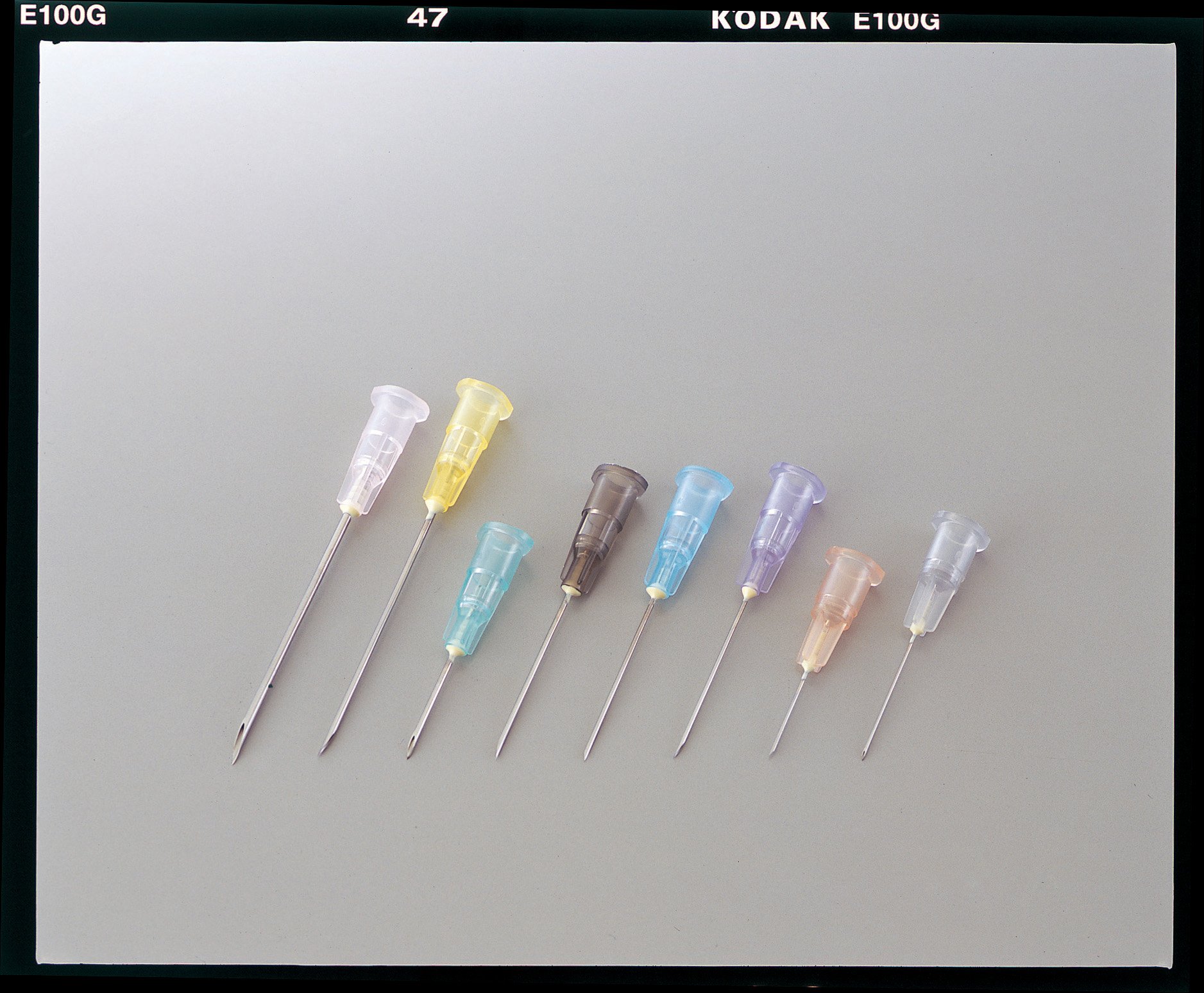


In case of battery assisted RFID sensors or battery-assisted passive mode, a simple circuit is built around the memory chip, thus enabling the chip to switch to a local energy-assisted mode only when it senses a certain stimulus. RFID sensors can be fully passive, or battery powered in the latter case, they do not need a frequent change of the batteries as in the case of traditional wireless sensor nodes. Small form factors of batteries, such as thin-film or other types of micro-batteries, are available on the market, but they need replacement every few days. Even though battery-powered sensors have an obvious advantage for data transmission over large distances, at the same time, a battery increases the system’s complexity and maintenance issues, reduces system life, and limits the temperature range of sensor applications. The exploration of allied technologies such as RFID sensors has been enabled thanks to new chipsets, both within the High Frequency (HF) band (NFC-near field communication) at 13.56 MHz, and within the Ultra-High Frequency (UHF) (RAIN-radio frequency identification) frequency band around 866 MHz (ETSI - European Telecommunications Standards Institute) or 910 MHz (FCC - Federal Communications Commission), which are dedicated to supporting several sensor platforms. The general RFID market has seen a considerable growth over the past few years in terms of the number of RFID tags sold. Radio frequency identification (RFID) is a low-cost wireless technology that makes possible the connection of billions of things, enabling consumers and businesses to engage, identify, locate, transact, and authenticate products. Finally, a look at some sensing solutions available on the market are described and compared. A summary of the most suitable applicative scenarios for RFID sensors are finally illustrated. The benefits and limitations of several tag configurations are shown and discussed. On the other hand, chipless RFID sensing represents a relatively new concept, which could become a disruptive solution in the market, but further research in this field is necessary for customizing its employment in specific scenarios. RFID sensing through chip-equipped tags is now a mature technological solution, which is continuously increasing its presence on the market and in several applicative scenarios. Both categories are further analyzed with reference to their working mechanism (electronic, electromagnetic, and acoustic). RFID sensors are critically compared by separating them into chipped and chipless configurations. Emphasis is put on the absence of batteries and the lower cost of RFID sensors with respect to other sensor solutions available on the market.

The fundamentals of the wireless sensing technology are summarized in the first part of the work, and the benefits of adopting RFID sensors for replacing standard sensor-equipped Wi-Fi nodes are discussed.

A review of technological solutions for RFID sensing and their current or envisioned applications is presented.


 0 kommentar(er)
0 kommentar(er)
